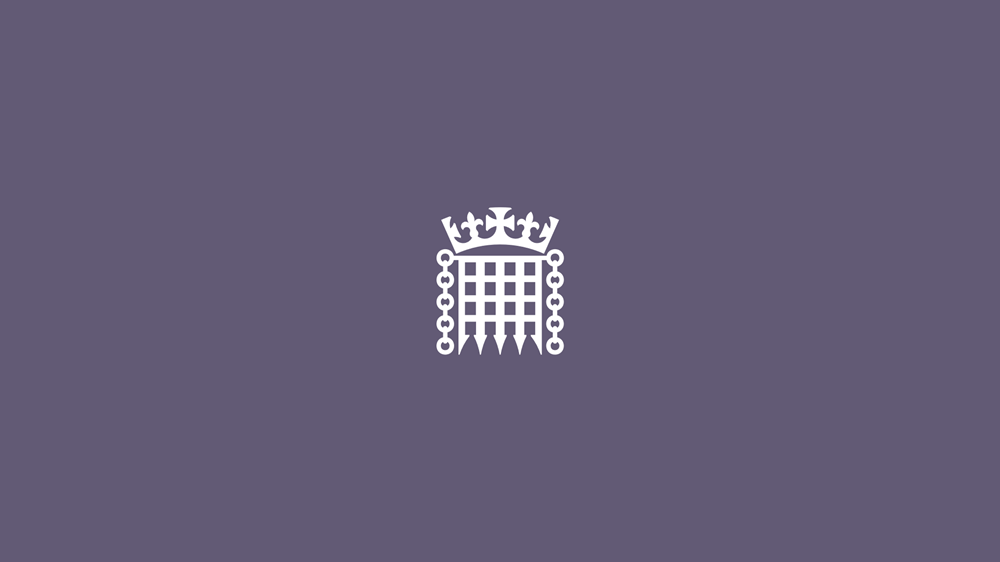White Paper on House of Lords Reform published
17 May 2011 (updated on 17 May 2011)
Members of the Lords responded to the Government statement on proposals for Lords reform, which was repeated in the House of Lords on Tuesday 17 May
- Watch the debate: Statement on House of Lords Reform Bill
- Lords Hansard: Read a transcript of the debate
- House of Lords Reform draft Bill and White Paper [external website]
Lord Strathclyde, the Leader of the House of Lords, repeated the statement and Members of the Lords responded and questioned the Leader on its contents. The Government propose that the options be considered by a Joint Committee, composed of 13 Members of the Lords and 13 MPs, before the legislation is introduced.
Proposals for reform
The House of Lords Reform draft Bill and White Paper set out options for a wholly or mainly elected House of Lords. Key proposals include:
- a reformed House with 300 members, each eligible for a single term of three Parliaments
- elections using the single transferable vote (STV), electing a third of members each time with elections normally taking place at the same time as General Elections
- multi-member electoral districts, to be drawn up independently based on national and county boundaries
- a continuation of the presence of Bishops of the Church of England in the House of Lords, reducing their number from 26 to 12
- a transition to the new membership staggered over the course of three electoral cycles.
The first elections would take place in 2015.
Further information
Proposals for House of Lords reform have centred on the membership of the House and its powers. The following Lords Library Notes set out the main developments:
- Possible Implications of House of Lords Reform assesses the impact of reform on the House itself, its relationship with the House of Commons and the Government [June 2010]
- House of Lords Reform Since 1999: A Chronology sets out the main developments since the passing of the House of Lords Act 1999 [July 2008]
- House of Lords Reform 1997-2010: A Chronology summarises the principal developments in the Labour Government of 1997-2010 [June 2010]
- Reform and Proposals for Reform Since 1900 outlines the reforms and attempts at reform of the House of Lords before 1999 [May 2006].
The House of Lords is the second chamber of the UK Parliament. Independent from the House of Commons, its Members play a vital role: checking legislation, holding the government to account, and providing a forum for debate and inquiry.
The majority of Members of the Lords are life peers appointed for their expertise gained from a wide range of backgrounds inside and outside politics.
